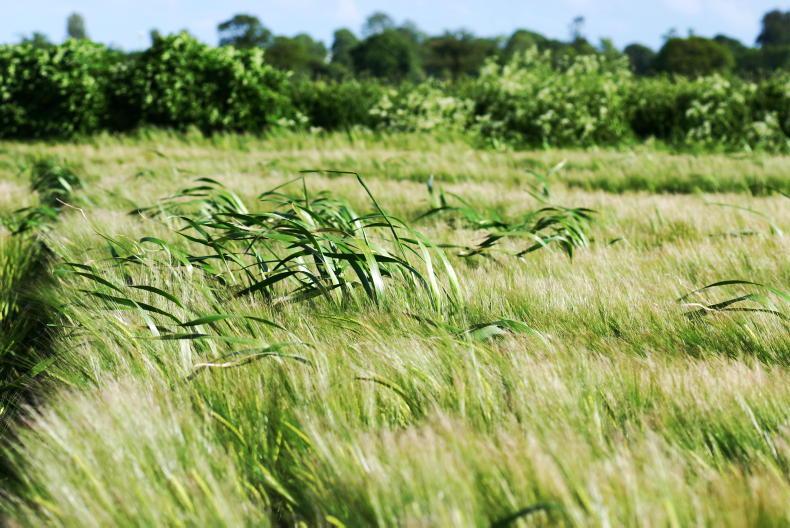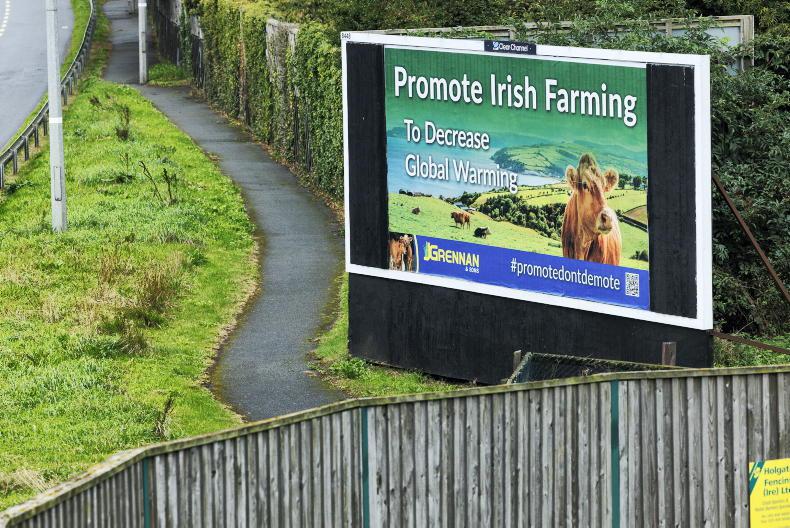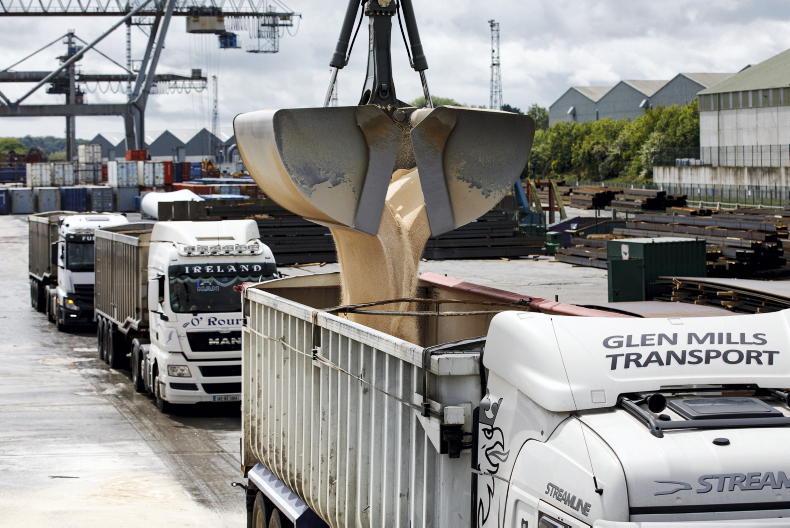A total of 25,217ha of land were eligible for the Tillage Incentive Scheme (TIS) payment in 2022. However, a large number of applications were unsuccessful.
The scheme aimed to increase the area of tillage by incetivising farmers to grow tillage crops on land that was previously in grass. The payment under the scheme is €400/ha. Some 4,073 applications were made under the scheme, but only 3,622 applications were successful. This means that a total of 451 applications were not successful.
In total, €10,087,004 was paid out to those 3,622 farms. As there was a high failure rate with applications, some of the details on how to apply to the scheme are outlined below.
Payment in year two
Farmers should remember if they availed of the scheme last year they can receive another payment this year if the land is kept in tillage. That payment is €200/ha. Presumably for 2023 the land under the scheme has to stay in tillage crops which are outlined below.
Consider the TIS in 2023
It should be noted that no new terms and conditions have been released for the scheme for 2023. While leased land is hard to come by for tillage farmers this year and indeed hard to hold on to, it will be difficult to secure grassland for ploughing, but those on mixed farms may be able to avail of the scheme and should do so where it fits into the system.
To avail of the scheme you must plant a tillage crop into land that was previously in grassland. However, grassland is outlined as a number of different variations for the scheme.
The crops
considered as
grassland for the purposes of this scheme are outlined below:
Alfalfa.Clover.Fallow.Grass years one to five.Grassmeal.Hemp for food or industrial use.Lucerne.Miscanthus.Permanent pasture.Potatoes.Red clover.Willow.Crops planted
to be paid under
the scheme in 2022:
Oats – spring.Oats – winter.Wheat – winter.Wheat –spring.Rye.Barley – winter.Barley – spring.Oilseed rape – winter.Oilseed rape – spring.Maize.Fodder/sugar beet.Terms & Conditions yet to be released
While the terms and conditions of this year’s scheme have not been published, it may be assumed that they will be similar to 2022, which were as follows:
Mixed crops, like arable silage or barley and peas, are not allowed under the scheme.Any area can be applied for – there is no minimum or maximum. However, full parcels or plots must be applied for.Crops under the scheme must be harvested for grain, whole crop or ensiling.Crops can be under-sown with grass, but must be “maintained to a good commercial standard”. If the crop fails, no payment will be issued.The rules governing Natura land still apply and permission is required from NPWS regarding growing a crop on Natura land.It should be noted that last season the scheme was updated to ensure that those who increased the area of protein crops and therefore reduced the area of crops which qualify under the scheme were not penalised under the scheme for this. However, the Irish Farmers Journal understands that you cannot be paid the protein payment and the TIS payment on one parcel, which also makes sense from an efficiency point of view to make use of your rotation.
Making it a tillage scheme
The Government has a target to increase tillage land area to 400,000ha by 2030. If this target is to be met then this scheme needs to be updated to encourage an increase in tillage area. Allowing under-sown crops in the scheme makes it resemble a reseeding scheme, which will not result in land remaining in tillage. A number of parcels in the scheme last season were under-sown with grass and so came out of grass for a few months and were planted with grass at the same time as a tillage crop. These parcels never really left grassland production.
A total of 25,217ha of land were eligible for the Tillage Incentive Scheme (TIS) payment in 2022. However, a large number of applications were unsuccessful.
The scheme aimed to increase the area of tillage by incetivising farmers to grow tillage crops on land that was previously in grass. The payment under the scheme is €400/ha. Some 4,073 applications were made under the scheme, but only 3,622 applications were successful. This means that a total of 451 applications were not successful.
In total, €10,087,004 was paid out to those 3,622 farms. As there was a high failure rate with applications, some of the details on how to apply to the scheme are outlined below.
Payment in year two
Farmers should remember if they availed of the scheme last year they can receive another payment this year if the land is kept in tillage. That payment is €200/ha. Presumably for 2023 the land under the scheme has to stay in tillage crops which are outlined below.
Consider the TIS in 2023
It should be noted that no new terms and conditions have been released for the scheme for 2023. While leased land is hard to come by for tillage farmers this year and indeed hard to hold on to, it will be difficult to secure grassland for ploughing, but those on mixed farms may be able to avail of the scheme and should do so where it fits into the system.
To avail of the scheme you must plant a tillage crop into land that was previously in grassland. However, grassland is outlined as a number of different variations for the scheme.
The crops
considered as
grassland for the purposes of this scheme are outlined below:
Alfalfa.Clover.Fallow.Grass years one to five.Grassmeal.Hemp for food or industrial use.Lucerne.Miscanthus.Permanent pasture.Potatoes.Red clover.Willow.Crops planted
to be paid under
the scheme in 2022:
Oats – spring.Oats – winter.Wheat – winter.Wheat –spring.Rye.Barley – winter.Barley – spring.Oilseed rape – winter.Oilseed rape – spring.Maize.Fodder/sugar beet.Terms & Conditions yet to be released
While the terms and conditions of this year’s scheme have not been published, it may be assumed that they will be similar to 2022, which were as follows:
Mixed crops, like arable silage or barley and peas, are not allowed under the scheme.Any area can be applied for – there is no minimum or maximum. However, full parcels or plots must be applied for.Crops under the scheme must be harvested for grain, whole crop or ensiling.Crops can be under-sown with grass, but must be “maintained to a good commercial standard”. If the crop fails, no payment will be issued.The rules governing Natura land still apply and permission is required from NPWS regarding growing a crop on Natura land.It should be noted that last season the scheme was updated to ensure that those who increased the area of protein crops and therefore reduced the area of crops which qualify under the scheme were not penalised under the scheme for this. However, the Irish Farmers Journal understands that you cannot be paid the protein payment and the TIS payment on one parcel, which also makes sense from an efficiency point of view to make use of your rotation.
Making it a tillage scheme
The Government has a target to increase tillage land area to 400,000ha by 2030. If this target is to be met then this scheme needs to be updated to encourage an increase in tillage area. Allowing under-sown crops in the scheme makes it resemble a reseeding scheme, which will not result in land remaining in tillage. A number of parcels in the scheme last season were under-sown with grass and so came out of grass for a few months and were planted with grass at the same time as a tillage crop. These parcels never really left grassland production.









SHARING OPTIONS